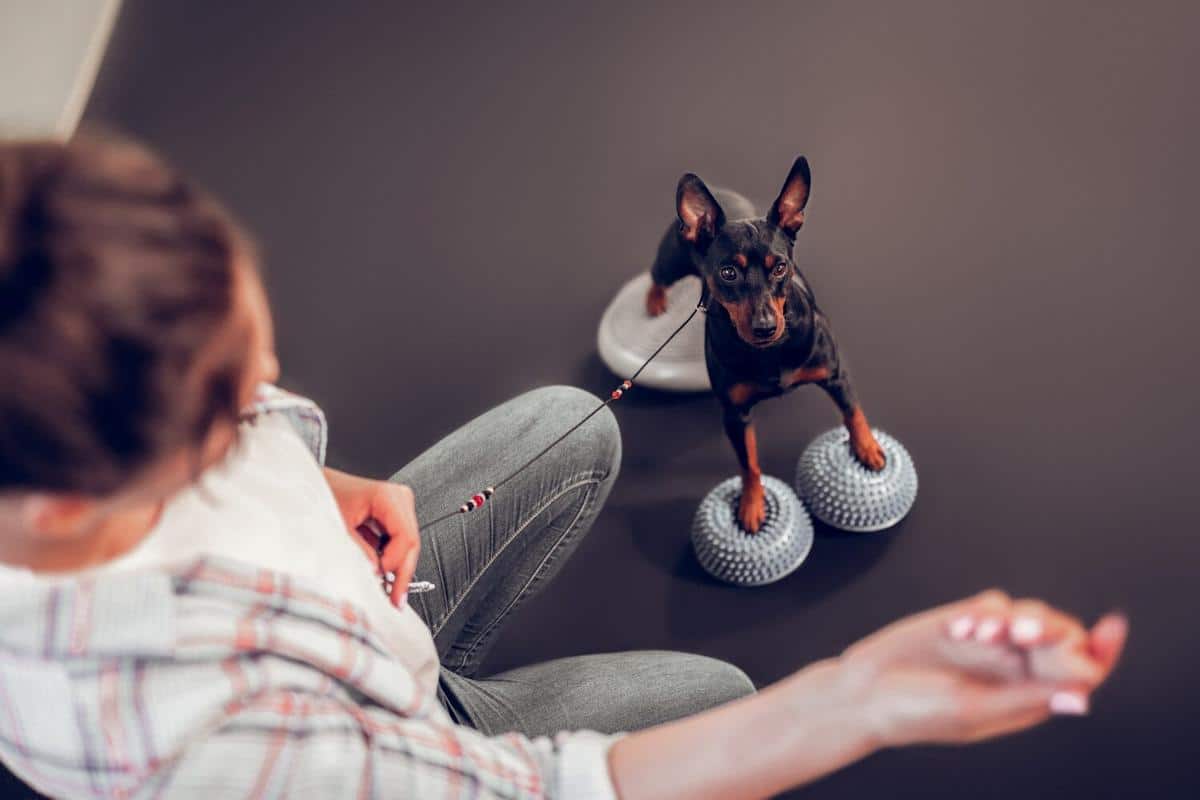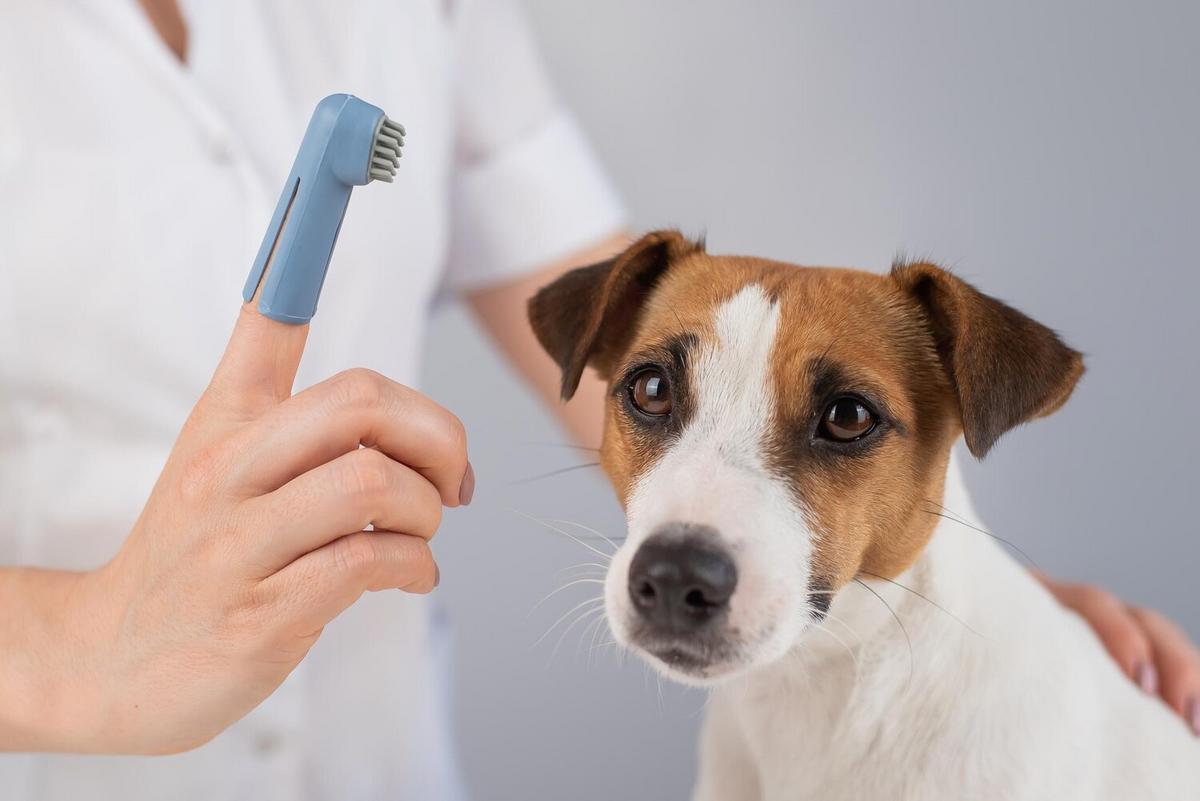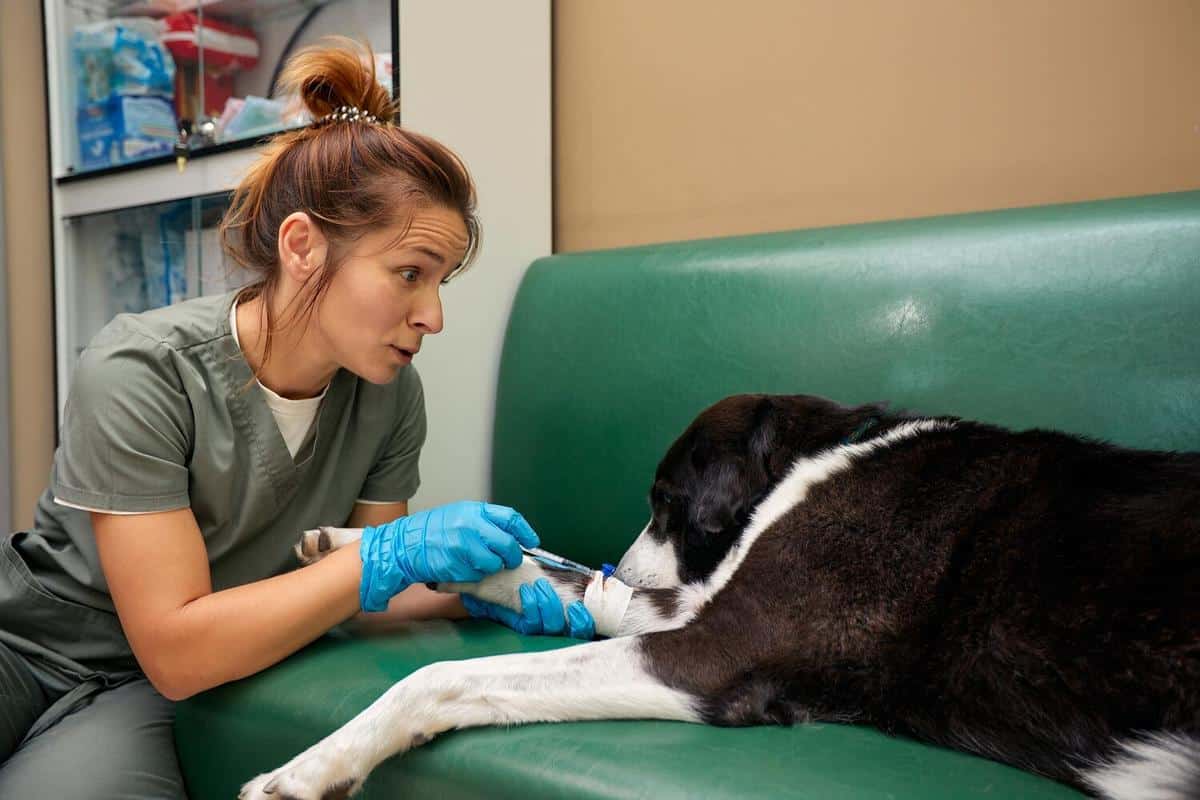
How to Spot and Manage Anxiety in Pets
Understanding the emotional well-being of our furry friends is crucial for their overall health and happiness. Many pet owners may not realize that animals, much like humans, can experience anxiety, which can impact their quality of life.
Understanding Pet Anxiety
Just like humans, pets can suffer from anxiety due to various reasons such as changes in their environment, separation from their owners, or even unfamiliar social situations. Anxiety in pets can manifest through behaviors like excessive barking, destructive chewing, or inappropriate urination.
Expert Insights
Dr. Lisa Radosta, a veterinary behaviorist, emphasizes that recognizing anxiety early is key. “Pets often show subtle signs before anxiety becomes severe,” she notes. “Understanding these signals can lead to better management and a more relaxed pet.”
Recognizing the Signs
- Excessive barking or whining
- Pacing or restlessness
- Hiding or withdrawal from interaction
- Destructive behavior
- Changes in appetite
Research Findings
A study published in the Journal of Veterinary Behavior found that 72% of dogs experience anxiety-related behaviors, highlighting the prevalence of this issue among pets.
Personal Experience
Consider the case of Laura, who noticed her cat, Whiskers, hiding frequently and avoiding playtime. By consulting with her veterinarian, she learned that these were signs of anxiety. Through gradual adjustments to Whiskers’ environment and routine, Laura successfully managed her pet’s anxiety.
Managing Anxiety in Pets
Addressing anxiety in pets involves a combination of behavioral modifications and, in some cases, medical intervention. Here are some strategies:
- Create a safe, comfortable environment for your pet.
- Establish a routine to provide stability.
- Use positive reinforcement to encourage calm behavior.
- Consider pheromone diffusers or calming supplements.
- Consult a veterinarian for potential treatment options.
Additional Resources
For more information on managing pet anxiety, you can visit ASPCA’s pet care resources.
Consider interactive toys or puzzle feeders to keep your pet mentally stimulated and reduce anxiety.
Comparison Table: Anxiety Symptoms in Cats vs. Dogs
| Symptom | Cats | Dogs |
|---|---|---|
| Vocalization | Meowing excessively | Barking or whining |
| Destructive Behavior | Scratching furniture | Chewing belongings |
| Hiding | Seeks isolated spots | Withdraws from family |
| Appetite Changes | Loss of appetite | Refuses food or overeats |
| Restlessness | Pacing or restless movements | Unable to settle |
| Urinating Inappropriately | Outside litter box | Indoors despite training |
| Shaking | Rare | Common in stressful situations |
| Panting | Rare | Frequent in anxious dogs |
Frequently Asked Questions
What causes anxiety in pets?
Common causes include changes in routine, new environments, or separation from their owners.
How can I help my anxious pet?
Creating a stable environment, using calming aids, and consulting a vet are effective strategies.
Conclusion
Recognizing and managing anxiety in pets is essential for their well-being. By understanding the signs and taking proactive measures, pet owners can ensure their furry companions lead a happy, stress-free life. If you suspect your pet is experiencing anxiety, consult with a veterinarian for tailored advice and solutions.


